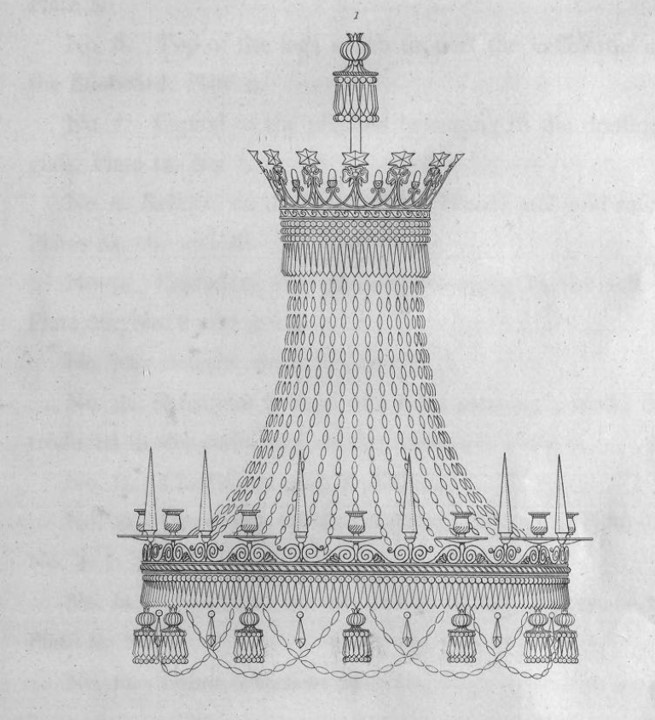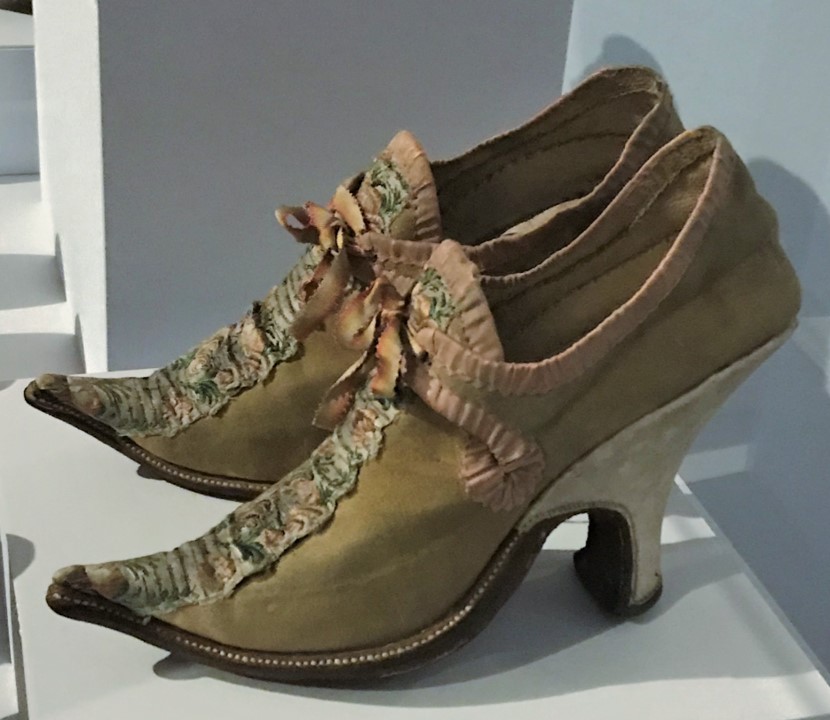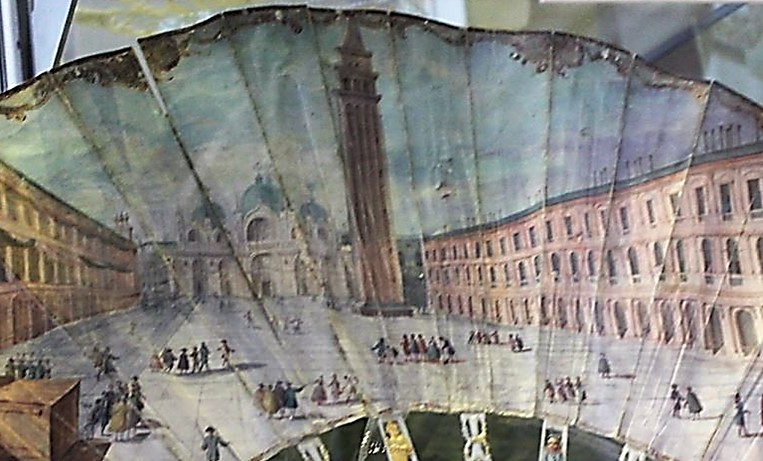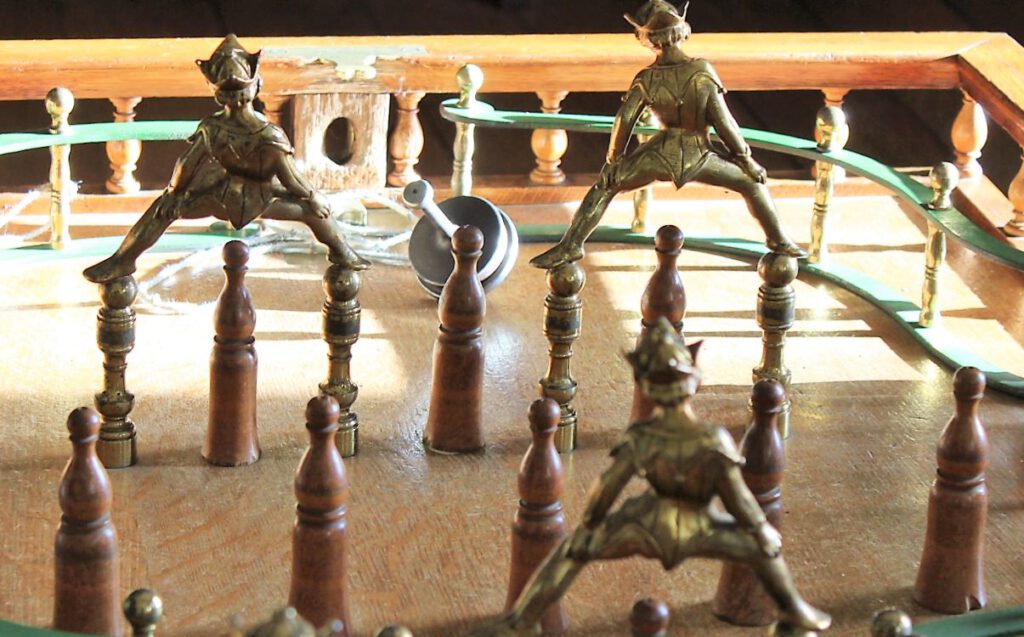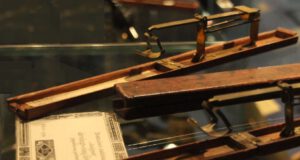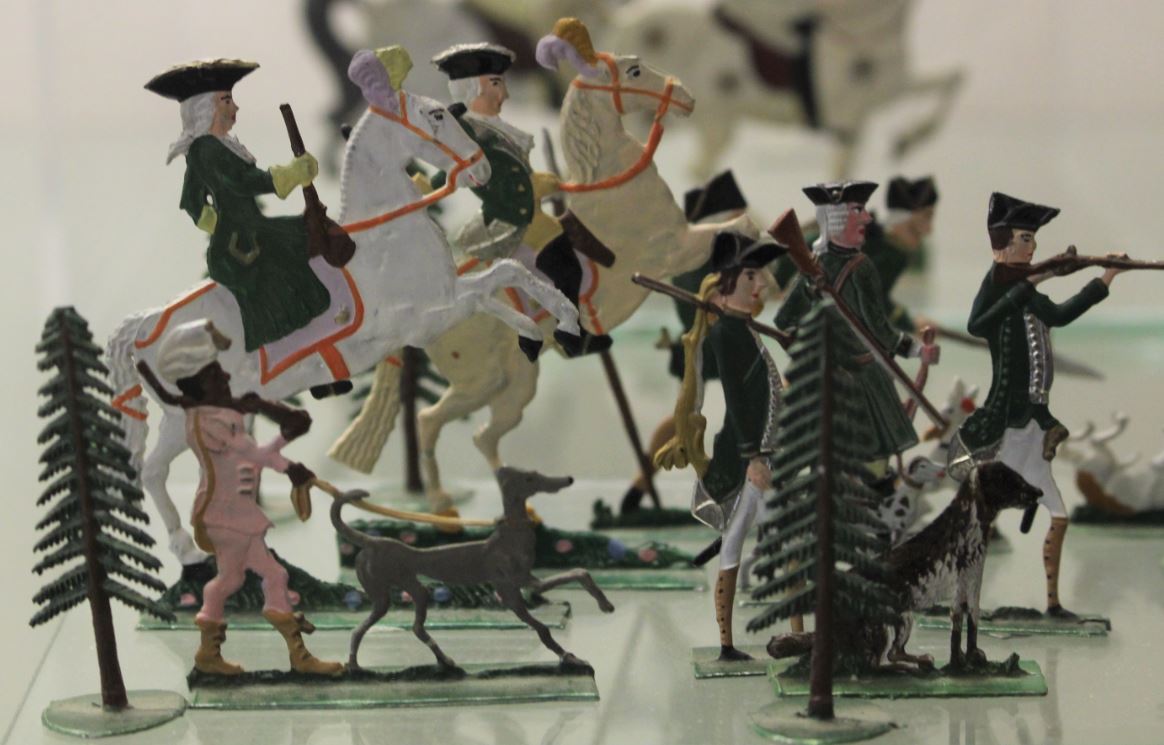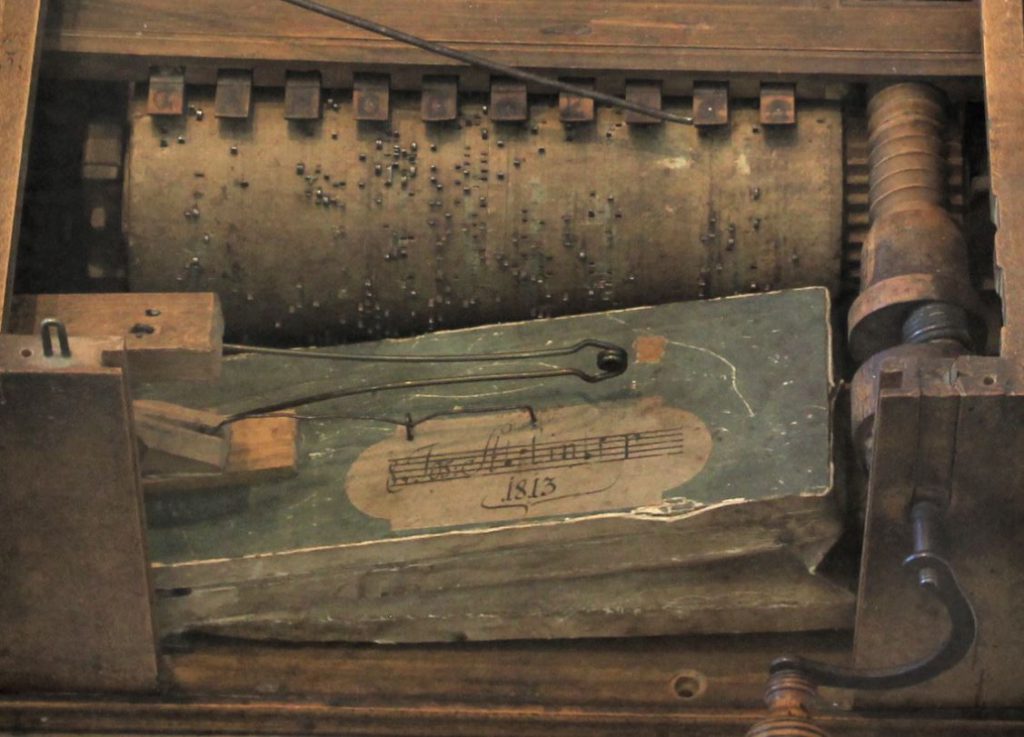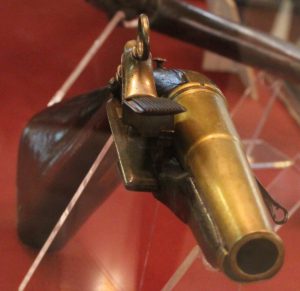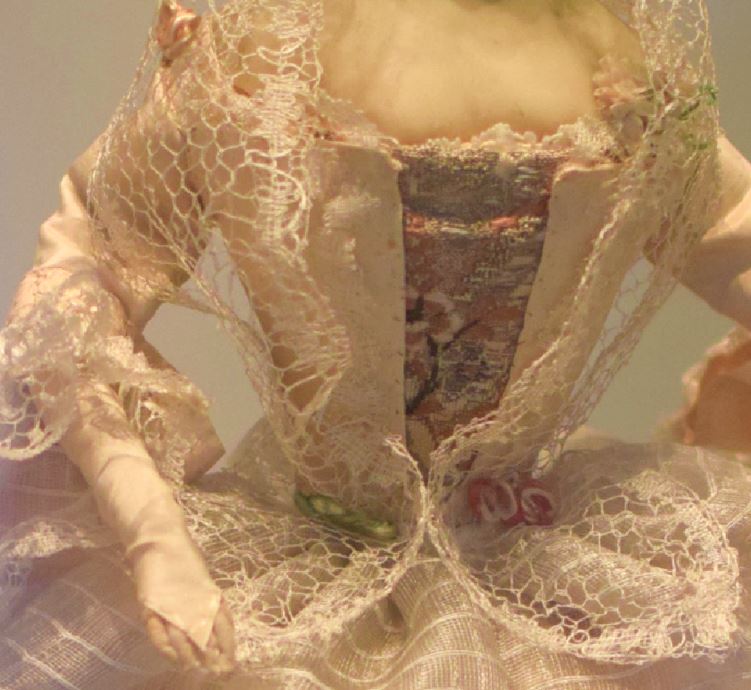
Dolls have always been around. As a marketable toy for children, they became more and more elaborate in the 18th century. Dolls for the wealthy were elegantly dressed, including ruffles, panniers, rich lace and tiny shoes with buckles. True ambassadors of fashion were the so-called Pandora dolls, early mini-mannequins used by dressmakers to send their designs to customers.
Continue reading
